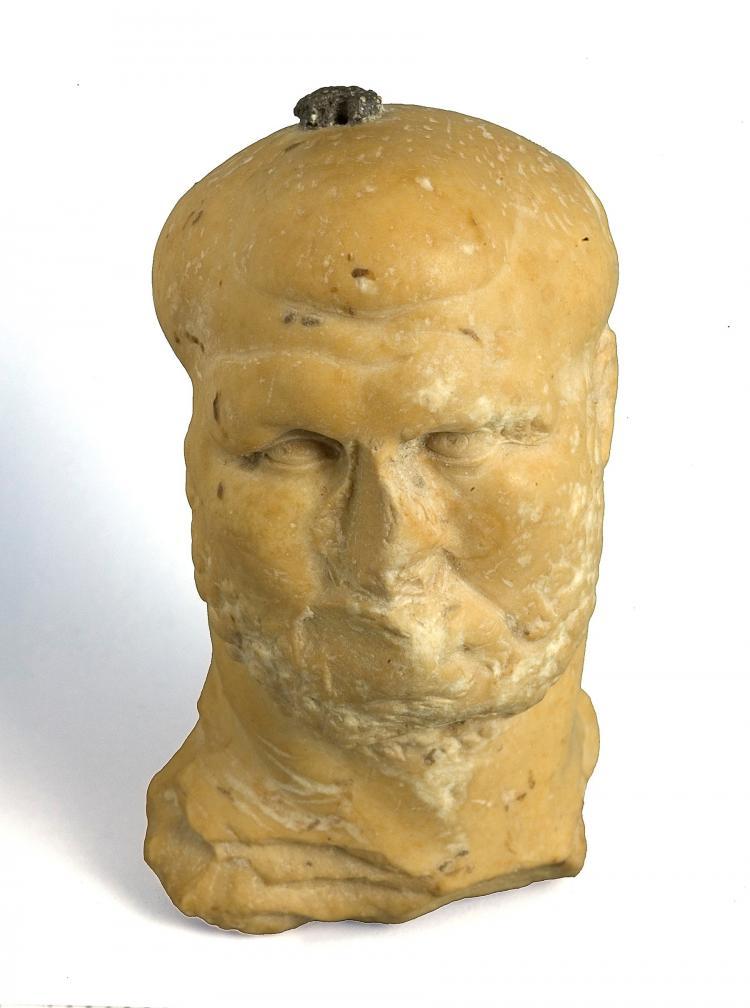1,800 Year-Old Marble Figurine Found in Israel
An ancient and unusual figurine bust made of marble has been discovered in Israel.

An 1,800 Year old marble figurine in the image of a bearded man, probably that of a Roman boxer, was discovered. Clara Amit, Israel Antiquities Authority
|Updated:





